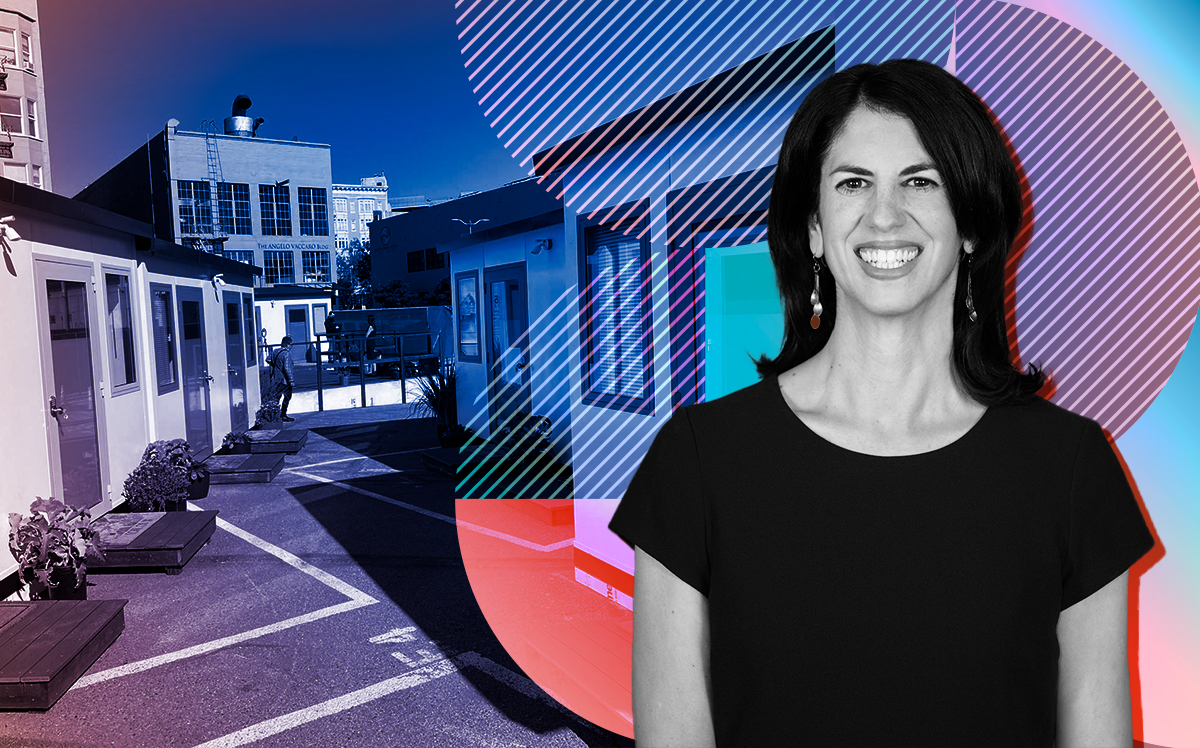Trending
 "Financially devastating": Receiver takes over embattled Pembroke Pines condo complex
"Financially devastating": Receiver takes over embattled Pembroke Pines condo complex “Multifamily is in the crosshairs”: Execs talk distress, opportunities at Milken conference
“Multifamily is in the crosshairs”: Execs talk distress, opportunities at Milken conference Arbor modifies $1.9B in loans as delinquencies keep rising
Arbor modifies $1.9B in loans as delinquencies keep rising Will developers try to game 485x to avoid wage, affordability rules?
Will developers try to game 485x to avoid wage, affordability rules?SF tiny home village plan stalled by wave of opposition
Supervisor Hillary Ronen objects to “absurd” cost of $100K for each 64 sf cabin

Blame San Francisco NIMBYs and the nearly $1,600 per square foot cost of building tiny homes for the homeless.
The city with the slowest housing approvals in the state has stalled on a plan to build 70 tiny dwellings for homeless residents in the Mission District, the San Francisco Chronicle reported.
Last month, San Francisco announced a plan to to spend more than $7 million to install 70 tiny cabins behind the BART station at 16th and Mission streets. City housing officials had hoped to open the doors by fall.
Now Supervisor Hillary Ronen, who once championed turning a blighted parking lot into a tiny home village, said plans are on hold after “overwhelming opposition” from the district.
Her own skepticism about whether the homes would improve conditions also caused her to change her mind.
Adding to her frustration: the “absurd” cost of building the cabins, she said. At $100,000 each, they’re 10 times the $10,000 Oakland paid to build each 64-square-foot home.
“One thing is the cost. But the other thing is the city’s ability to keep the conditions around these sites acceptable,” Ronen told the Chronicle. “The street conditions are abysmal. But unless I’m convinced it will improve the neighborhood, I won’t approve it.”
There are 7,700 homeless residents in San Francisco, of whom 4,400 live in tents, on the sidewalk or in vehicles, according to 2022 homeless count.
The drama over the tiny homes project provides a window into how hard it is for the city to scale its housing and shelter system. It also shows how easily neighborhood opposition can kill a project – even if there’s funding and land.
Sam Moss, executive director of Mission Housing Development, said the tiny home plan “is as close to immediate gratification” as San Francisco can get when addressing its homelessness crisis.
But about 100 neighbors who packed a recent community meeting strenuously objected to the site, mostly because it’s near an elementary school.
One dad, whose daughter sees drug use and tents on her walk to school, supports such homes – but said he’d rather see the village somewhere else.
San Francisco has one tiny cabin village at 33 Gough Street, which has been touted as a relatively affordable way to get people off the streets. But not everyone’s convinced.
Tiny homes across the Bay Area don’t work for most homeless residents, but are better than temporary shelters as a bridge to permanent housing, according to a study released last fall. Less than half of residents find permanent homes after moving out.
In San Jose, a city councilman has joined opponents of a 100-bed tiny home village by essentially saying not in my public park.
Ronen said she’s disheartened by the neighborhood resistance, but also didn’t trust that the village would improve conditions.
She pointed to the conditions around the existing shelters in the district: the Division Navigation Center and the tent village at 1515 South Van Ness, areas which she said are still overrun with crime, drug use and trash.
Businesses and neighbors of an officially sanctioned safe sleeping site in Bay View in December called upon the city to shut it down because of its trash and unsafe conditions.


